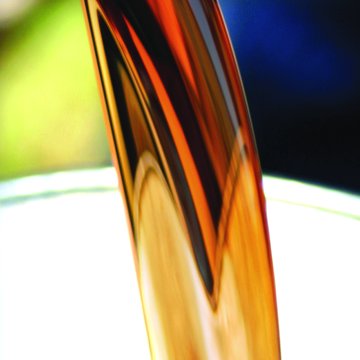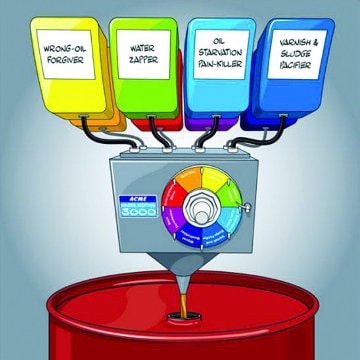Lube-Tips
 Preventing Water Contamination
Preventing Water Contamination
Excessive water can create emulsions in bearing oil, reducing lubrication effectiveness. The formation of deposits onto component surfaces compounds the problem. When water and polar chemicals are combined (even trace amounts), the lubricant’s demulsibility (water-shedding ability), corrosion protection and anti-wear capabilities may be compromised. Water contamination can cut bearing life by as much as 80 percent.
Know the Pour Point
The pour point is the lowest temperature at which an oil will flow. This property is crucial for oils that must flow at low temperatures. A commonly used rule of thumb when selecting oils is to ensure that the pour point is at least 10 degrees C (20 degrees F) below the lowest anticipated ambient temperature.
 Check Your Records to Control Oil Losses
Check Your Records to Control Oil Losses
If you decide to implement a program to control oil losses, one of the first steps you can take is to check historical records of the amount purchased compared with the amount sent for disposal. Try to account for the difference by looking for leaks, products consumed in the process, evaporative losses and products wasted due to contamination or misapplication.
 What You Should Know When Using Additives
What You Should Know When Using Additives
Regarding the use of aftermarket additives and supplemental oil conditioners, keep in mind that some base oils respond well to additives while others may not. Also, increasing the percentage of a certain additive may improve one property of an oil while at the same time degrade another. When specified concentrations of additives become unbalanced, overall oil quality can be affected.
